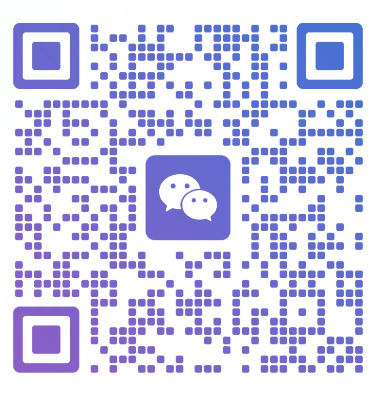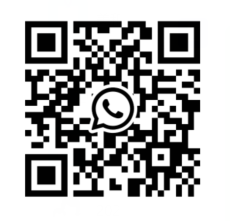The terminal intelligent gate project includes multiple functions such as electronic license plate recognition, container box number recognition, container box experience disability, and gate human-computer interaction system.
The electronic license plate has written the basic information of the vehicle in advance through the card issuance management system, such as vehicle ID, license plate number, vehicle weight, etc. The RFID electronic license plate is installed on all vehicles entering and leaving the terminal gate, and the vehicle has a unique ID card at this time. Install identification systems at all gates, roads and other places that need to identify electronic license plates. The identification system operates around the clock. When a vehicle with an electronic license plate enters the identification area, the identification antenna can capture the relevant information in the electronic license plate and send it to the background in real time to help the background for further processing.
The container number, as the ID symbol that uniquely identifies the container, needs to be recorded in all aspects of the container transportation process. Through image recognition technology based on neural network algorithm and advanced CCD image acquisition technology, this system automatically captures the container numbers of various types of containers entering and leaving the port, and performs automatic identification quickly, eliminating errors caused by manual transcription and reducing the number of inbound and outbound containers. time and improve work efficiency.
Container damage detection is an unavoidable inspection of containers entering the port area, mainly to prevent disputes between transport enterprises and terminals due to container damage. In the past, this work was manually recorded by the entry gate staff entering the crossing, and it was necessary to climb a higher covered bridge to check the top surface of the box, which was dangerous and inaccurate. Through the advanced logic control system and picture acquisition system, the system presents the box surface image in front of the computer screen, and the inspector can complete the damage detection as long as he is in front of the computer.
After the driver drives the truck to the gate of the terminal, he needs to wait for the process of automatic collection of multiple data such as electronic license plate recognition, container number recognition, and disability inspection, and submit the reservation form in hand to the gate system. In the past, this work was done in the gate room. After using the human-computer interaction system, the reservation form can automatically scan the information to enter the gate system, and print the driving guide fed back by the terminal system as a small ticket and send it to the driver.
With this series of informatization measures, the speed of customs clearance of trucks has been reduced from the previous 5 minutes to 30 seconds, which has greatly improved the efficiency of customs clearance of trucks and the throughput of the port; since the electronic license plate is an anti-demolition electronic label, irrelevant and illegal vehicles cannot be Entering the port area, it has the function of anti-submarine protection, which guarantees one car and one card, and prevents the appearance of impostors and counterfeit cars.
In the database, the vehicle information is also linked to the carried container information. Automated data collection allows managers to have a more accurate grasp of each container, thus providing more accurate information for shipping companies and yards. Under normal circumstances, many shipping companies use the terminal to understand the status and arrival time of their containers, and the terminal uses the form of fixed location data collection to obtain this information. Using the traditional manual collection method, the data information may often be biased, and the automatic collection of container data through RFID can improve the speed and accuracy of data collection, and timely meet the user's grasp of real-time information about related goods.
Chat NOW
Scan to wechat :

Scan to Whatsapp :
